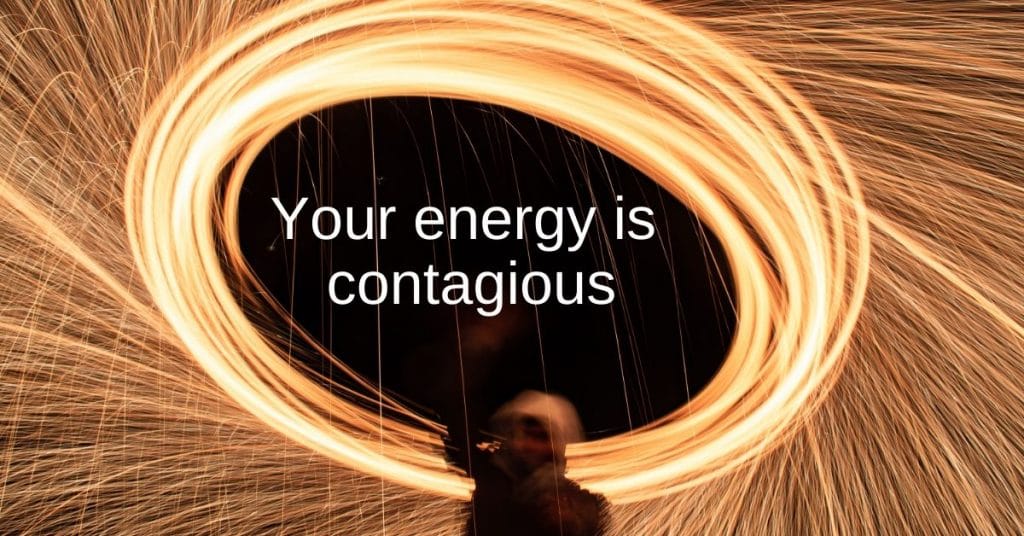Creating Sacred Space in a Pop-Up Tent: A Practical Ritual Guide
You’ve packed your car with hand-labeled tinctures, altar cloths, and a folding table that has seen a few lifetimes. You arrive early, pitch your tent under the rising sun, and realize... your sacred work is about to be nestled between a crystal vendor playing techno and someone selling spirulina smoothies.
Welcome to the paradox of sacred space at markets and festivals.
It’s beautiful, it’s alive — and yes, it can be overwhelming. But here’s the truth: you don’t need walls of cedar or cathedral acoustics to create resonance. With the right attention, a 10x10 tent can become a portal. Let's explore how.
Holding the Field When You’re Surrounded by Booths

Festivals and community markets are vibrant ecosystems. And in the midst of all that buzzing commerce and conversation, you — the herbalist, bodyworker, ceremonialist, breathwork guide — are tasked with creating stillness.
It can feel contradictory, even intimidating. But that’s where the magic lies. Sacredness doesn’t depend on isolation — it depends on intention, coherence, and energetic boundaries. When you bring presence into a temporary space, you give others permission to pause, to remember, to reconnect.
And let’s be honest: you probably already know what it feels like to walk into a booth and feel your body soften. That’s the goal. To make your tent not just look beautiful — but feel regulated.
Why Physical Space Affects Energetic Transmission

Designing sacred space isn’t just about aesthetic — it’s about neuroception, the body’s subconscious sense of safety. According to Dr. Stephen Porges’ Polyvagal Theory, environments that offer predictability, soft edges, and warm tone signals help the nervous system shift into parasympathetic regulation (Porges, 2011).
In practical terms? A circular rug, slow drumming in the background, and a small candle at the center of your table can do more for your visitor’s wellbeing than any pitch or brochure.
Space is somatic. The moment someone steps inside your tent, they’re not just reading your signage — they’re feeling your field.
Essential Components of a Sacred Pop-Up Space

Let’s get tangible. What transforms a booth into a sanctuary?
Grounding Surface
Whether it’s a woven mat, sheep’s wool, or even a cotton cloth, a defined floor space signals: "This is a held environment." It helps create energetic downward flow and gives both you and your guests a sense of rootedness.
Altar or Focal Point
Even the simplest display — a single candle, a photo, a bowl of herbs — creates a center of gravity. This altar becomes the heartbeat of your space. It reminds both you and your visitors: this is not just a tent. It’s a circle.
Boundary Markers
No need for walls. Lightweight scarves, wind chimes, subtle scent (frankincense or cedar, used sparingly) can define edges without closing the space. These cues tell the body: something shifts here.
Seating Orientation
Avoid lining chairs against a wall. If you’re offering one-on-one work, angle the seats toward the altar or center. Roundness matters — it fosters connection.
Language with Integrity
Signage can be sacred too. Use fonts and words that reflect your truth — not trends. If you use phrases like "activation" or "initiation," be prepared to explain them with embodied clarity.
You don’t need excess. Just intention. As the Shakers say, “That which has the most use holds the most beauty.”
Common Mistakes + Real Fixes
Mistake: Table Front, No Invitation
When your table is a wall between you and the guest, it’s harder to make meaningful contact.
Fix: Pull the table to the side. Let the guest step into the center of your space. Think circle, not transaction.
Mistake: Overcrowded Displays
Too many signs, jars, or items can overwhelm. Remember — nervous systems process visual input before verbal input.
Fix: Curate. Offer a single visual focal point. Let each object have space to speak.
Mistake: No Closure or Opening Ritual
If you’re offering sessions but don’t open or close the space intentionally, you may carry residual energy or leave guests feeling unheld.
Fix: Begin the day with a 3-minute grounding. Light a candle, say a prayer, hum one note. Do the same to close.
Presence doesn’t require perfection. Just pattern. The nervous system loves rhythm.
Call to Action: Build Your Space With Intentionality
Your tent is not just a shop. It’s a field. One that can ripple far beyond the edges of your canopy.
Whether you're vending, facilitating, or simply holding presence at your next event — consider how your space speaks without saying a word.
Need tools that align with sacred space design? Explore W1SE Market for grounding textiles, altar items, and maker-sourced ritual tools.
Or want guidance on refining your energetic field as a vendor? Join W1SE Cooperation for mentorship rooted in ceremony, clarity, and commerce.
Let your tent become a temple. Let your table become a threshold.
Let your presence shape the space — and let the space return the favor.





